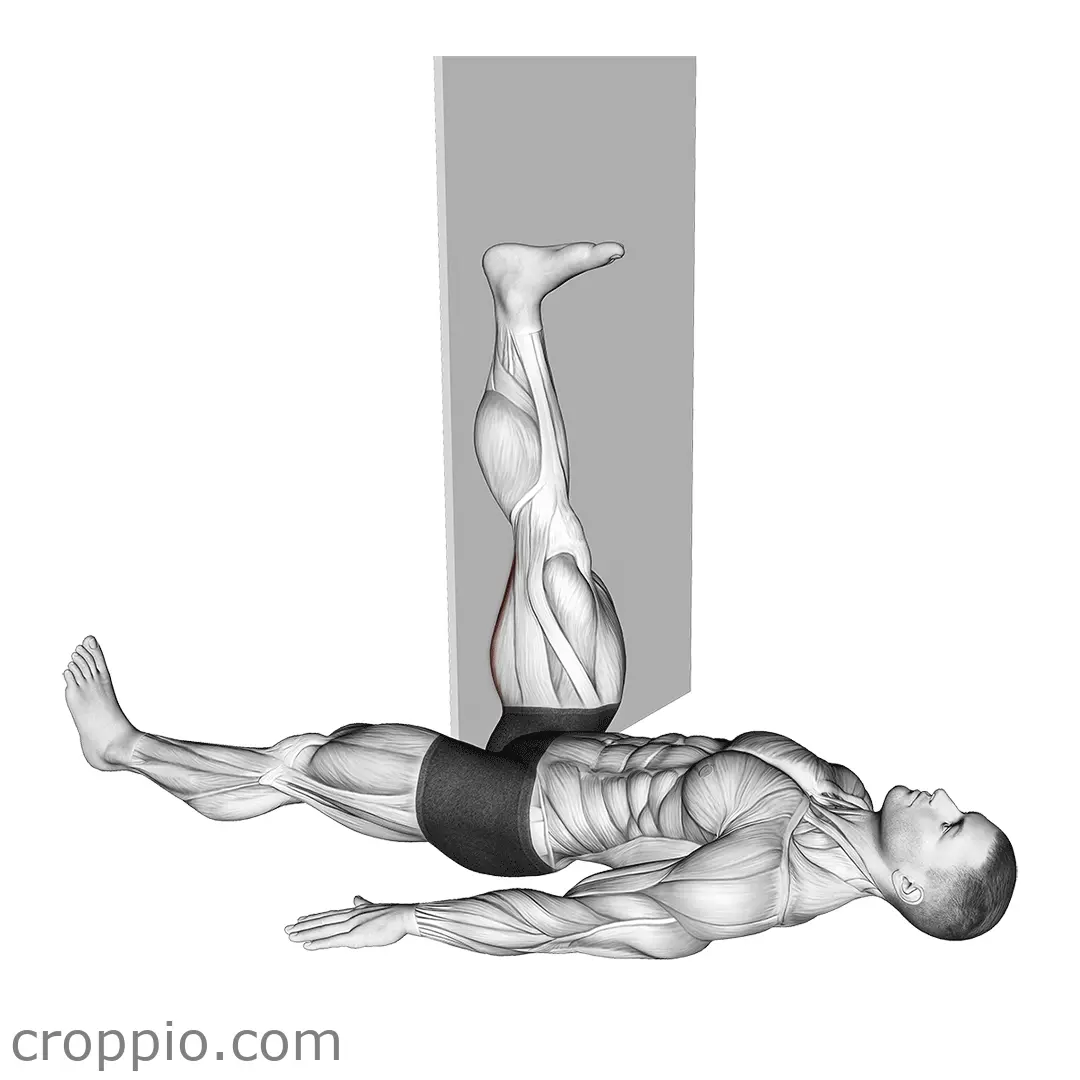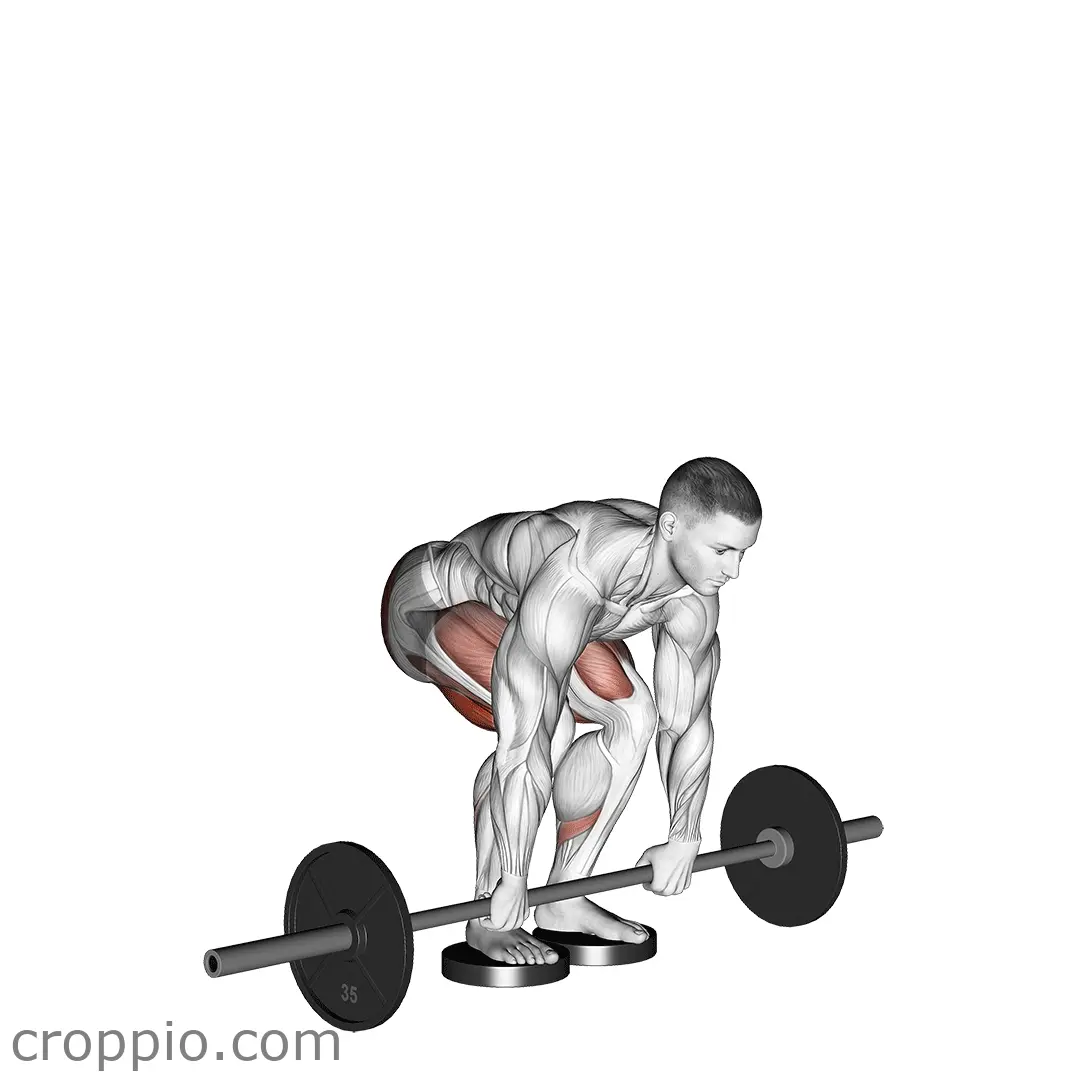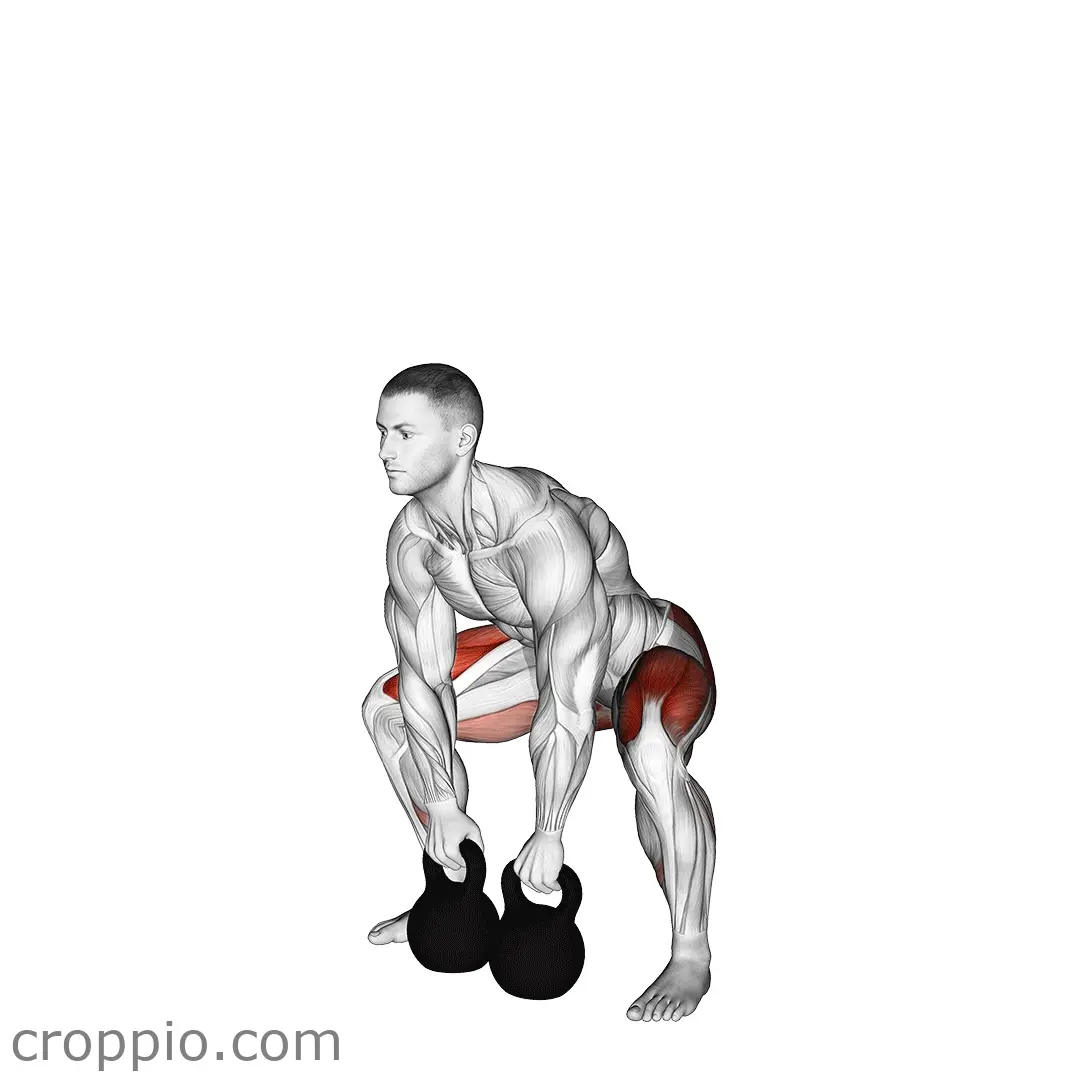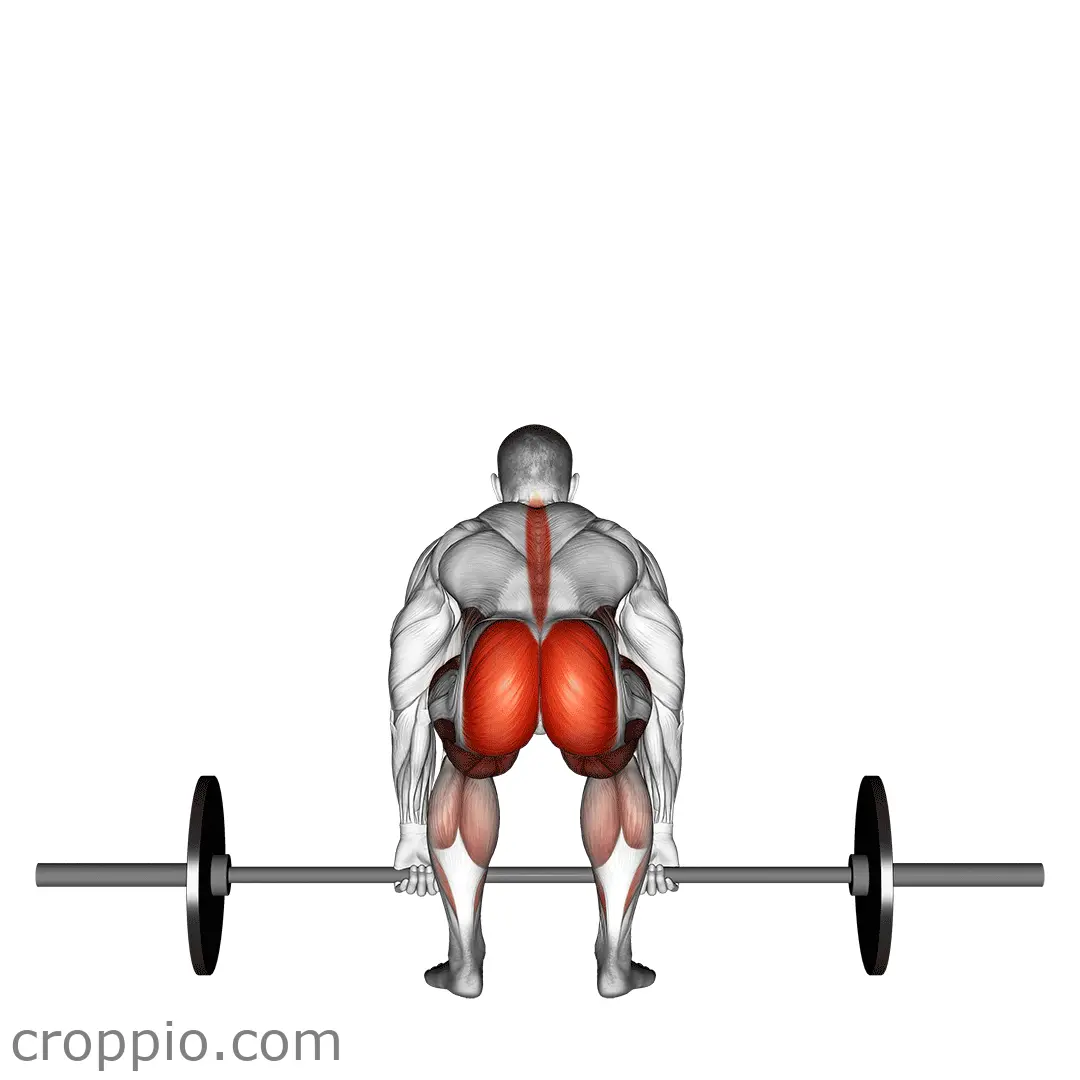Glute Ham Raise Muscles
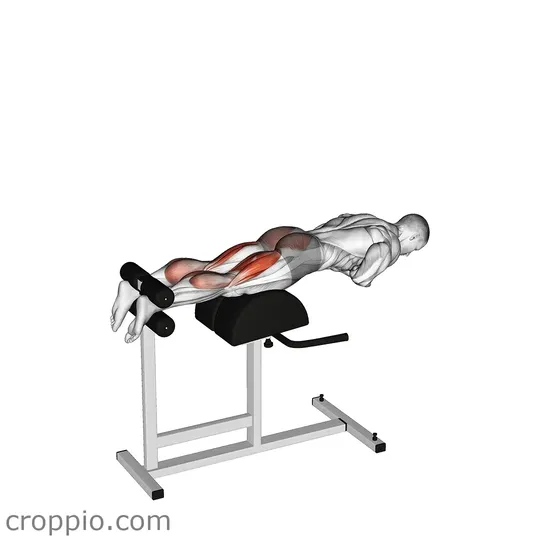
Muscles Involved
The glute ham raise is a highly effective exercise that primarily targets the posterior chain, focusing on the gluteus maximus and hamstrings. As you perform the movement, the gluteus maximus is engaged to extend the hips while the biceps femoris, semitendinosus, and semimembranosus, which are part of the hamstring group, work to flex the knees. Additionally, the erector spinae muscles help maintain proper spinal alignment during the exercise, providing stability and support. While the primary focus is on the glutes and hamstrings, this exercise also engages the calves and abdominal muscles to a lesser extent, promoting overall core strength.
Top Mistakes
- Allowing the back to hyperextend: This can lead to lower back injuries. Always keep a neutral spine.
- Incomplete range of motion: Failing to lower or raise the body fully compromises the effectiveness of the exercise.
- Rushing through the movement: Speed can lead to improper form and increased risk of injury. Focus on controlled motions.
- Using excessive momentum: Engaging the muscles properly is vital; swinging the body negates muscle engagement.
Execution Tips
- Start in the correct position: Secure your feet in the footplate of the glute ham raise machine and arrange your body so your knees are at the edge of the pad.
- Engage your core: Before you perform the exercise, tighten your abdominal muscles to maintain stability throughout the movement.
- Maintain neutral alignment: Keep your spine straight, avoiding any rounding or overarching of the back.
- Control the motion: Lower your body slowly and in a controlled manner, while keeping tension in the hamstrings until you reach a comfortable stretch.
- Push through the heels: As you raise your body, focus on using the glutes and hamstrings to pull yourself back up to the starting position.
Workouts
Incorporate the glute ham raise into your strength training routine by performing 3 sets of 8 to 12 repetitions, depending on your fitness level. It can be included on lower body days alongside exercises like deadlifts, squats, and lunges to create a comprehensive posterior chain workout. Alternatively, perform this exercise as part of a circuit involving kettlebell swings or hip thrusts for a more dynamic approach to strength training. Ensure to allow adequate rest between sets to maintain form and prevent fatigue.
Conclusion
The glute ham raise is an exceptional exercise for developing strength in the glutes and hamstrings, crucial for athletic performance and daily movements. By enhancing muscle balance and stability, it contributes to improved posture and reduces the risk of injuries. With correct form and consistent practice, this exercise will not only strengthen the posterior chain but also enhance overall functional strength and athleticism.
